Nowadays, mobile phones have become an indispensable part of our lives. Whether for gaming, studying, or daily socializing, the performance of a mobile phone is crucial. The core that determines the performance of a mobile phone is the mobile chip. Today, we will delve into the rankings of popular mobile chips and explore their powerful capabilities!
1. Apple A18 Pro: The “Hexagonal Warrior” at the Peak of Technology
The Apple A18 Pro utilizes TSMC’s second-generation 3nm technology. Although Apple has not disclosed the number of transistors, considering that the A17 Pro integrates 19 billion transistors and the A18 Pro has superior performance, the transistor count is expected to be quite substantial. Its 6-core CPU design features 2 performance cores for high-load tasks, allowing games and professional software to respond instantly; the 4 efficiency cores maintain low power consumption during daily use, reducing heat and power consumption. A larger cache allows for quick data retrieval, minimizing wait times. The integrated next-generation ML machine learning accelerator significantly enhances the phone’s AI capabilities, making voice assistants smarter and functions like photo editing and video generation more convenient and efficient. The iPhone 16 Pro series, equipped with the A18 Pro, showcases strong performance in imaging and gaming, making it highly favored by consumers.

2. Qualcomm Snapdragon 8 Gen 2: The “Heavyweight Champion” of the Android Camp
Although the Snapdragon 8 Gen 2 has not yet disclosed transistor data, its second-generation 3nm process technology allows for a more compact transistor layout. It adopts an all-large-core architecture, with 2 Oryon Prime super-large cores at 4.32GHz and 6 Oryon Performance large cores at 3.53GHz, each CPU cluster having 12MB of L2 cache. Its performance is not only strong but also excels in energy efficiency, maintaining stable frame rates during large game operations and controlling heat well. Whether for multitasking or running high-quality large games, the Snapdragon 8 Gen 2 can handle it with ease, and many flagship Android phones are equipped with it to showcase their high-end positioning.

3. MediaTek Dimensity 9400: The “Dream Chip” for Gamers
The Dimensity 9400 is based on TSMC’s 3nm process and boasts an astonishing 29.1 billion transistors. This gives it exceptional performance and rich features. It adopts an architecture of 1x 3.626GHz Cortex-X925, 3x 3.3GHz Cortex-X4, and 4x 2.4GHz Cortex-A720, providing strong computational power. In gaming tests, whether for high-load AAA titles or lighter mobile games, it maintains stable frame rates while significantly reducing power consumption. Its new 12-core GPU G925 shows a 41% performance leap compared to the previous generation, with significant energy efficiency improvements. Additionally, it introduces PC-level ray tracing technology—the Dimensity OMM ray tracing engine—making game graphics more realistic and providing an immersive experience for players.
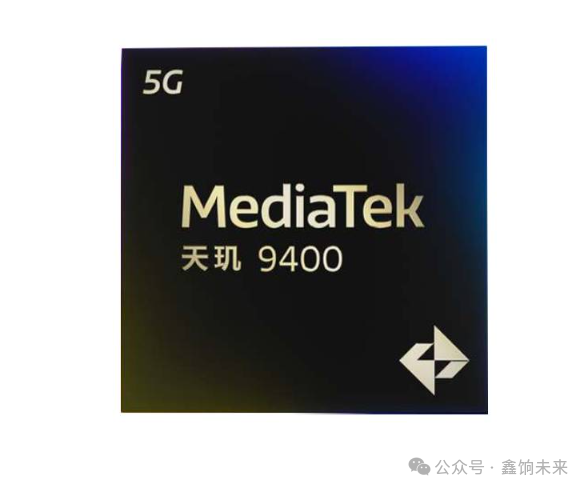
4. Apple A18: The “Stabilizer” for High-End Experiences
The Apple A18 is also built on TSMC’s second-generation 3nm process, and the official transistor count has not been disclosed. However, given its advanced process technology, it is speculated that the transistor density has significantly increased. This endows the iPhone 16 series with powerful computational and graphics processing capabilities, meeting users’ performance demands for high-end phones in imaging, gaming, and daily use. Thanks to the advanced process technology, the A18 effectively controls power consumption while maintaining high performance, resulting in ideal battery life and heat performance.
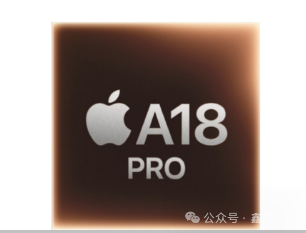
5. Qualcomm Snapdragon 8 Gen 3: The “Leader” in Graphics and AI
The Snapdragon 8 Gen 3 contains 22.7 billion transistors and is based on TSMC’s 4nm process technology. Its architecture includes 1x 3.3GHz Cortex-X4, 3x 3.15GHz Cortex-A720, 2x 2.96GHz Cortex-A720, and 2x 2.27GHz Cortex-A520, paired with an excellent GPU, allowing it to run high-quality games with rich scene details and vibrant colors. In terms of AI capabilities, the Snapdragon 8 Gen 3 provides users with a smarter interactive experience, such as intelligent voice assistants and image optimization, making it the preferred chip for many gaming phones.
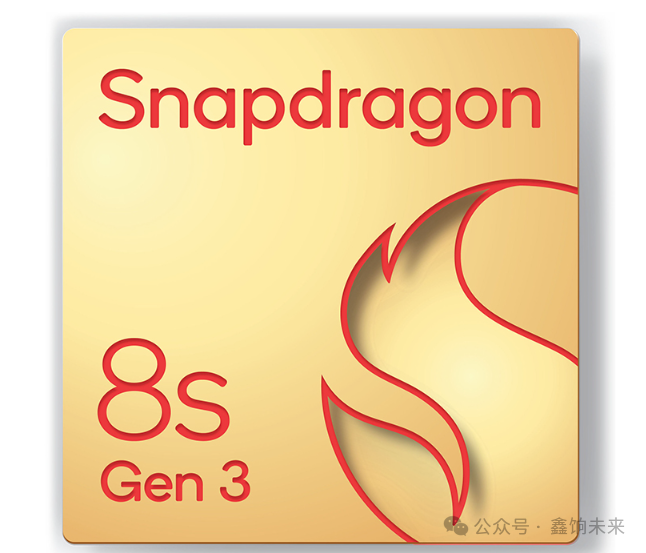
6. MediaTek Dimensity 9300: The “Innovator” with All-Large-Core Design
The Dimensity 9300 adopts TSMC’s third-generation 4nm process and has 22.7 billion transistors. It features an innovative architecture with an all-large-core design, consisting of 4 Cortex-X4 super-large cores with frequencies up to 3.25GHz and 4 Cortex-A720 large cores with a frequency of 2.0GHz. Its energy efficiency and graphics processing capabilities are particularly outstanding, with a 15% performance improvement at the same power consumption compared to the previous generation, and a 40% increase in multi-core peak performance, while power consumption decreases by 33% at the same performance level. The Immortalis-G720 GPU it carries introduces delayed vertex shading (DVS) technology, providing a more realistic, smoother, and longer-lasting gaming experience. Additionally, it supports industry-leading edge generative AI applications, bringing users a new technological experience.
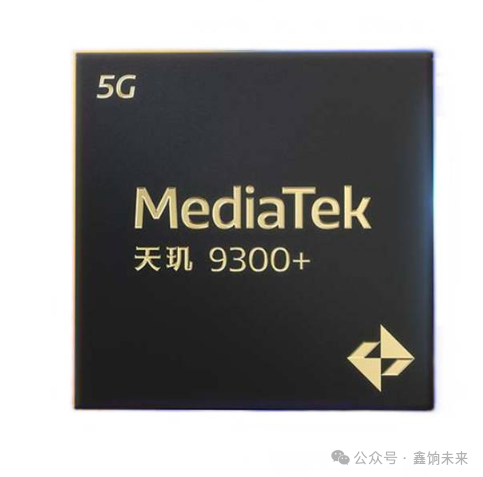
7. Apple A17 Pro: The “Strongman” in AI and Graphics Rendering
The Apple A17 Pro integrates 19 billion transistors and is the world’s first chip manufactured using 3nm technology. It features a 6-core CPU with 2 performance cores and 4 efficiency cores, excelling in computation and graphics rendering. Its single-thread performance is enhanced by 10% compared to the previous generation, with overall performance improved by 20% and ray tracing capability increased by 4 times. Additionally, it is equipped with 16 neural network engines, increasing computing power from 17 TOPS to 35 TOPS. In AI and machine learning applications, the A17 Pro also demonstrates strong capabilities, and the iPhone 15 Pro series equipped with this chip utilizes hardware-accelerated ray tracing technology to make game and video graphics more realistic and immersive, providing users with a superior visual experience.
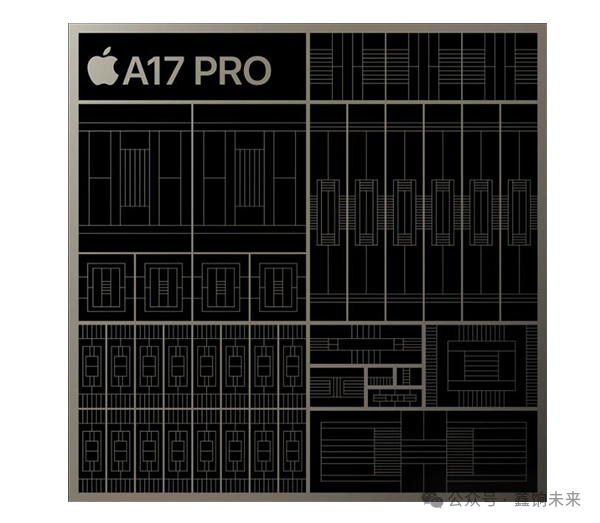
8. MediaTek Dimensity 9300+: The “Master of Balance” in Performance and Power Consumption
The Dimensity 9300+ continues the all-large-core design. Although there are no reports on the transistor count, its performance is expected to be promising based on its architecture and process similar to the Dimensity 9300. It adopts an architecture of 1x 3.4GHz Cortex-X4, 3x 2.85GHz Cortex-X4, and 4x 2.0GHz Cortex-A720, achieving a good balance between performance and power control. Its Immortalis-G720 12-core flagship GPU shows a 46% performance improvement and a 40% reduction in power consumption. Whether for daily use or running large applications, it ensures smoothness while reducing power consumption and extending battery life.
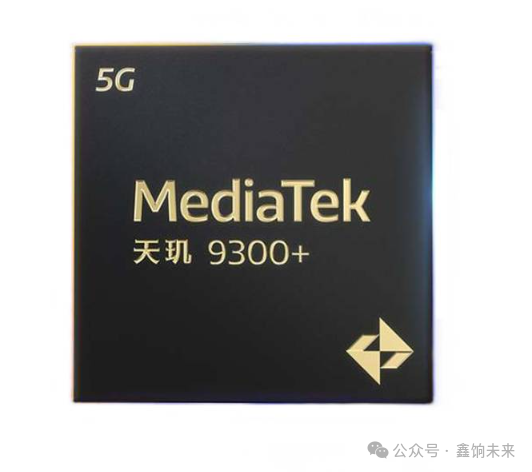
9. Samsung Exynos 2400: The “Dark Horse” in the Mid-High-End Market
The Samsung Exynos 2400 is produced using Samsung’s 4nm SF4P process. Although there is no official data on the transistor count, its 1 + 2 + 3 + 4 ten-core design performs excellently in stability. In stress tests, its performance maintenance capability surpasses that of the Qualcomm Snapdragon 8 Gen 3, scoring 4042 points in the 3DMark Wild Life Extreme stress test, comparable to the Apple A17 Pro. It features AMD’s latest GPU architecture, RDNA3’s Xclipse 940 GPU, enhancing gaming performance and ray tracing capabilities. Based on Samsung’s 4LPP+ process and utilizing Samsung’s FOWLP packaging technology, it effectively improves heat dissipation and enhances multi-core performance.
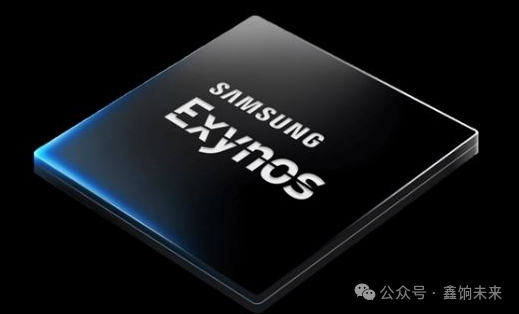
10. Qualcomm Snapdragon 8s Gen 3: The “Practical Type” with Stability and Reliability
The Qualcomm Snapdragon 8s Gen 3 has also not disclosed official transistor data. It provides stable performance for mobile phones with its architecture of 1x 3.0GHz Cortex-X4, 4x 2.8GHz Cortex-A720, and 3x 2.0GHz Cortex-A520. Although it is slightly inferior in graphics processing and multitasking capabilities compared to the previous chips, it meets the needs of most users in daily scenarios such as social chatting, web browsing, and video watching, and is relatively affordable, commonly found in mid-range and low-end phones.
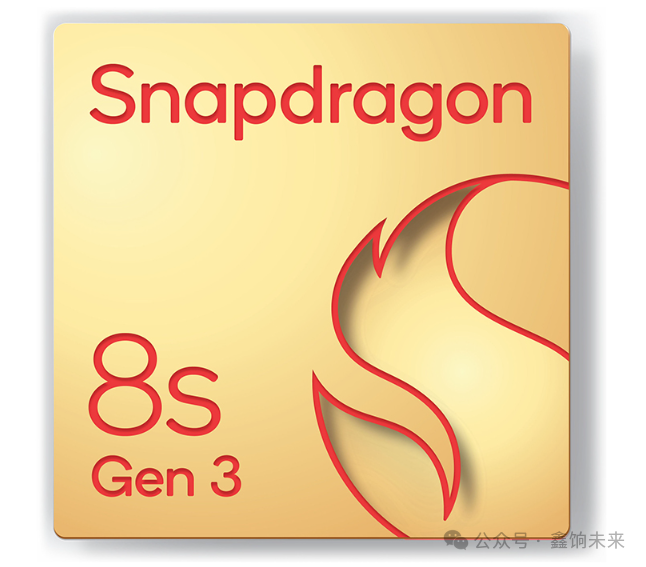
 We look forward to your thoughts and insights in thecomments section. If you find this article valuable, feel free tolight up the follow starand continue exploring the galaxy of knowledge with us. More exciting content awaits you!
We look forward to your thoughts and insights in thecomments section. If you find this article valuable, feel free tolight up the follow starand continue exploring the galaxy of knowledge with us. More exciting content awaits you!

 Images sourced from the internet; please contact us for removal if there is any infringement.[A Sincere Confession to Readers]
Images sourced from the internet; please contact us for removal if there is any infringement.[A Sincere Confession to Readers]
Those who have been following our public account must have noticed that there has been a long period of inactivity. I sincerely apologize for this. During this time, I experienced changes in my job, and the fast-paced and heavy workload of my new position made overtime a norm, and I had to spend a lot of time learning new business knowledge, making it difficult to find the energy to create content.
However, my passion for technology has never changed, and I have always kept you in my thoughts. During this time, I continued to follow the latest developments in the technology field and gather various materials. Now that I have gradually adapted to the new work rhythm, I am eager to bring you this analysis article on mobile chips.
In the future, I will strive to balance work and creation, maintain stable updates, and bring you more high-quality technology content. Thank you once again for your continued support and affection, and I hope that in the days to come, we can continue to explore the world of technology together!